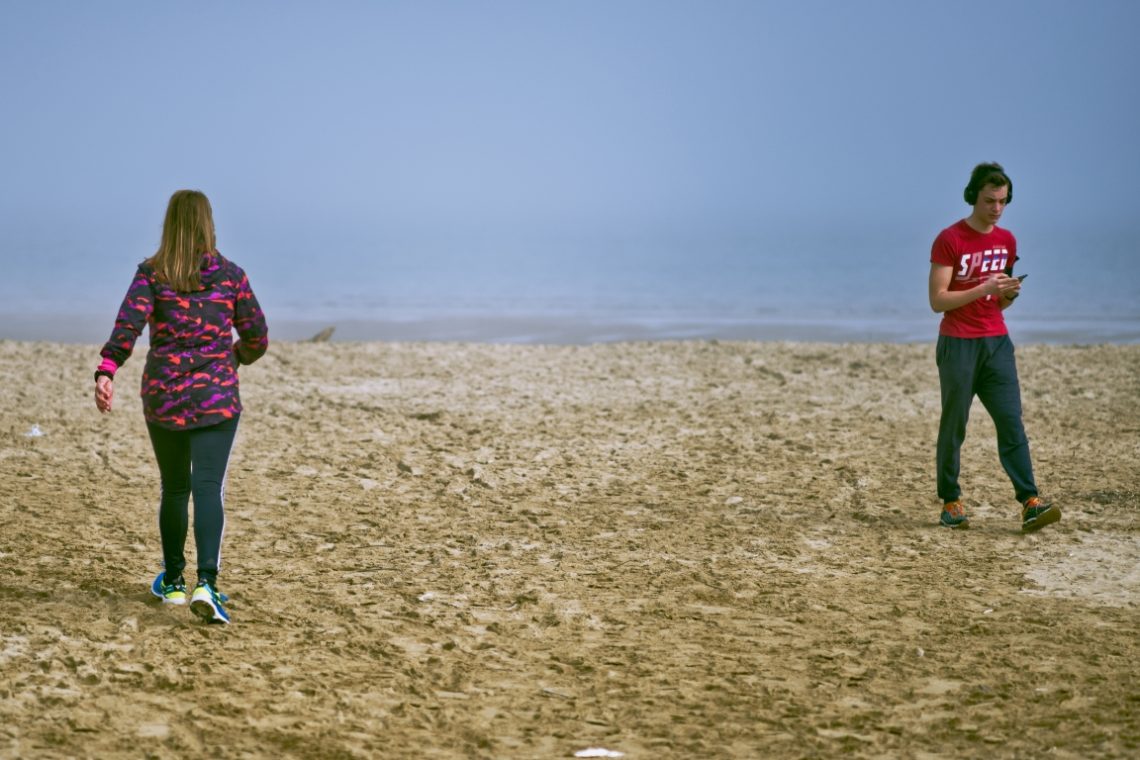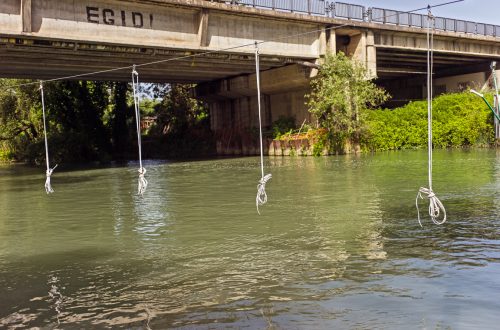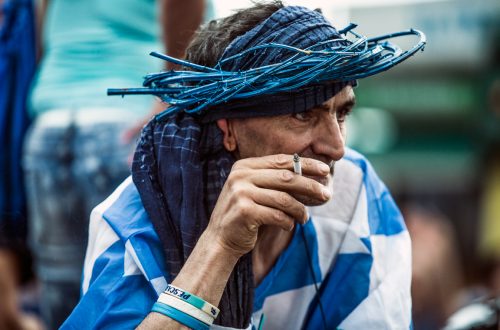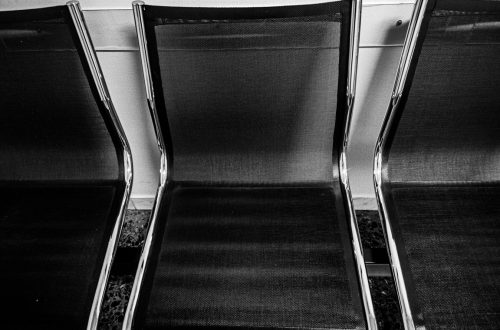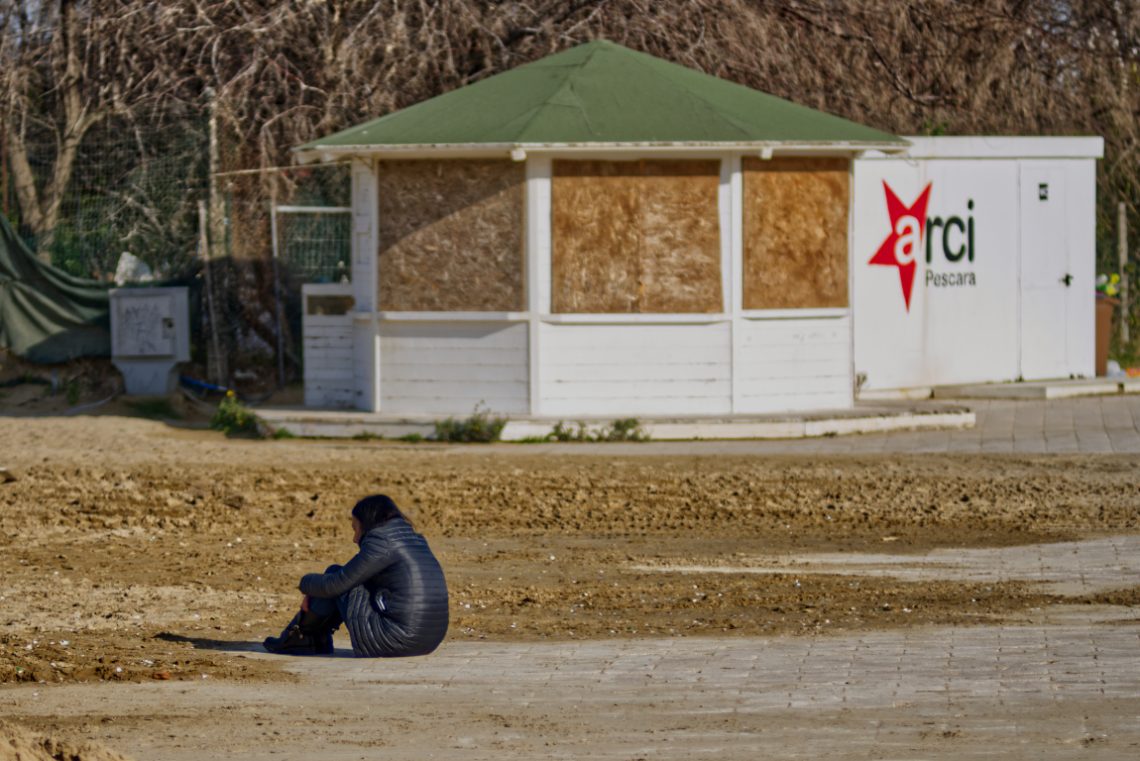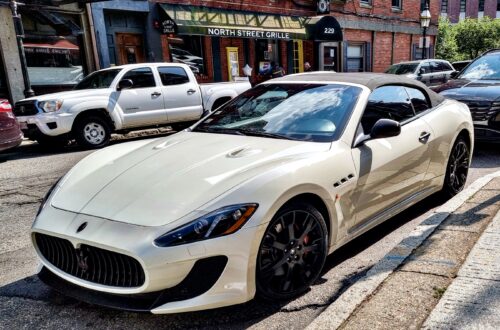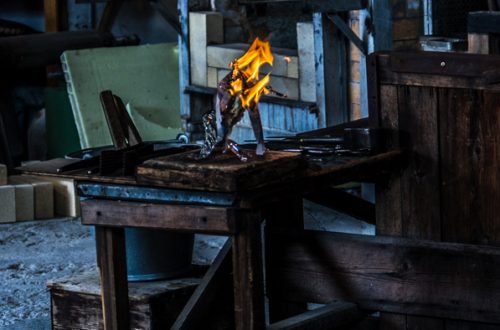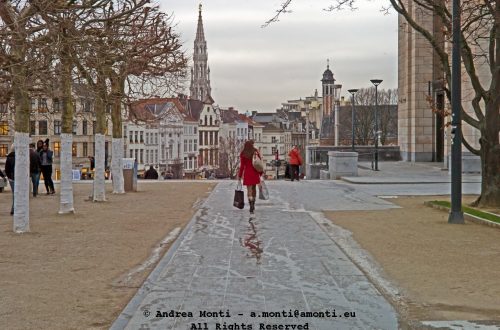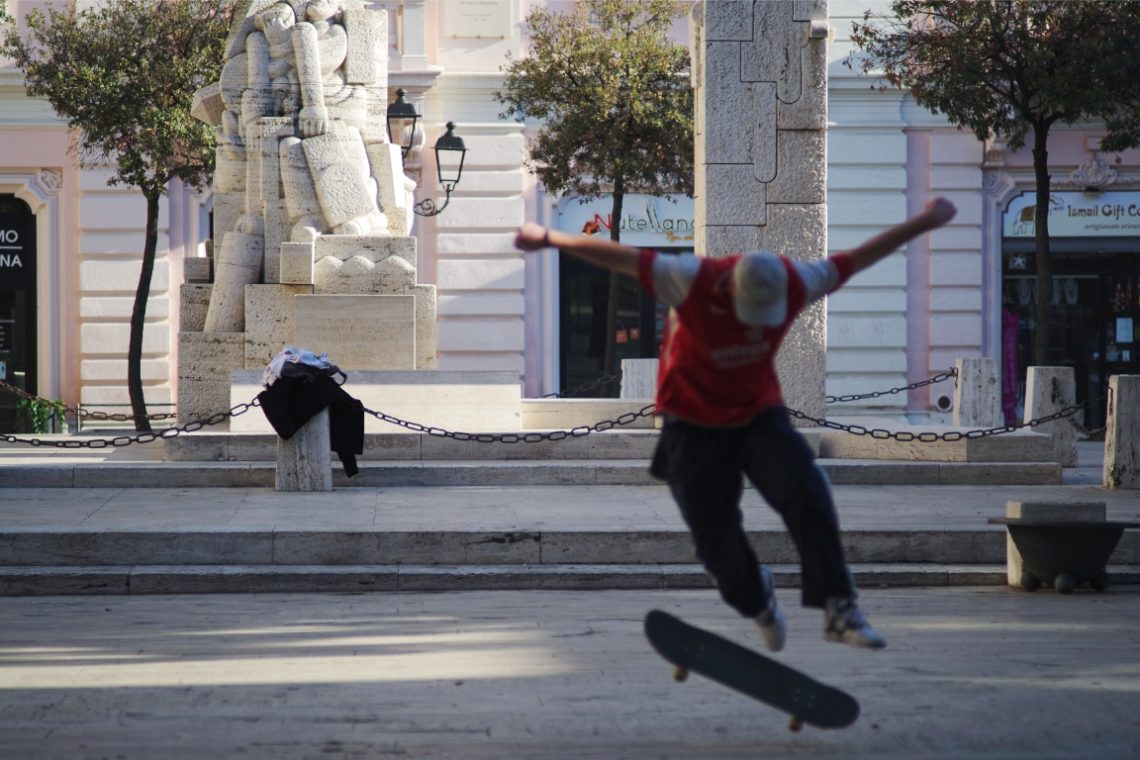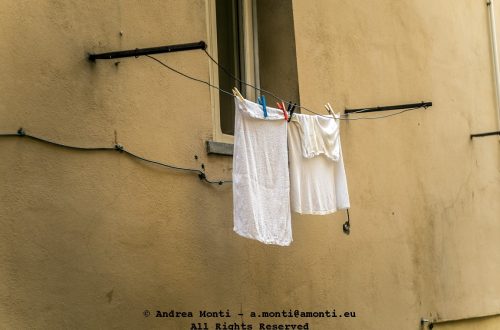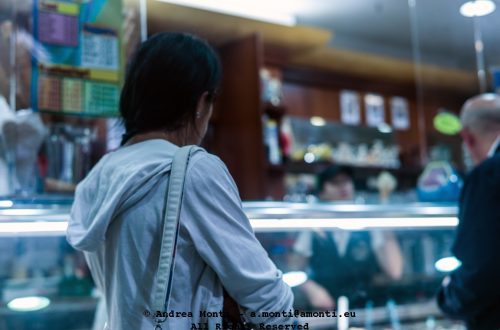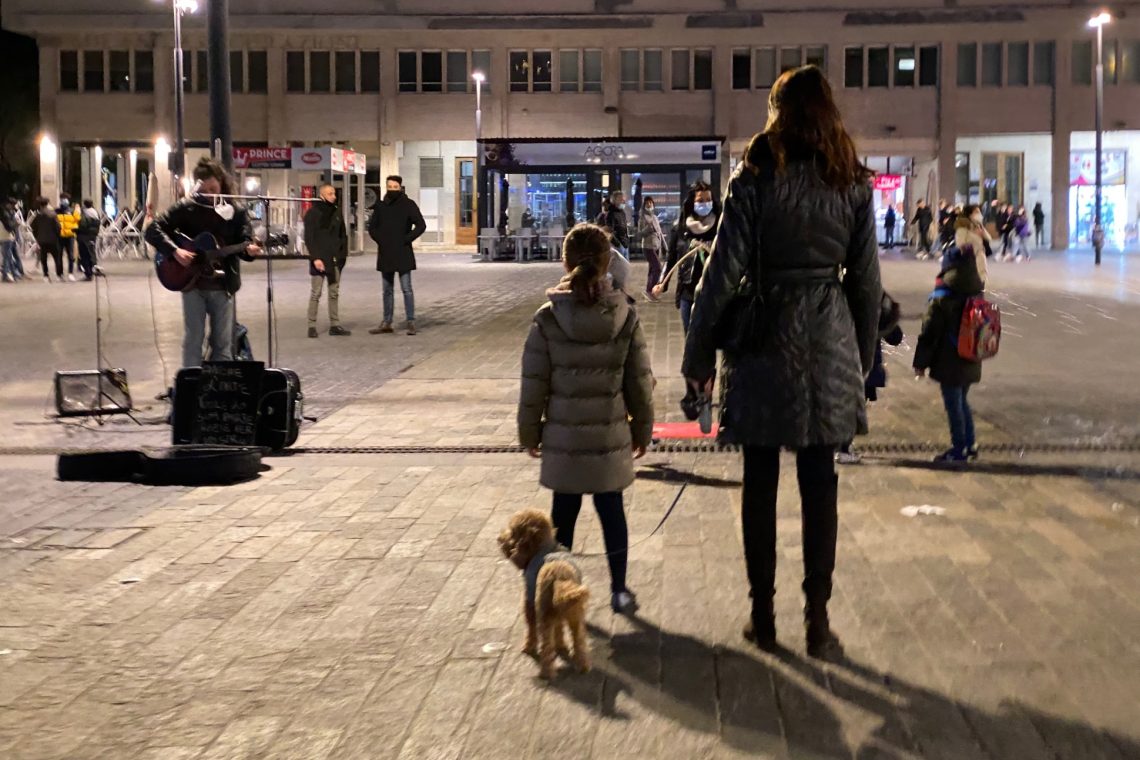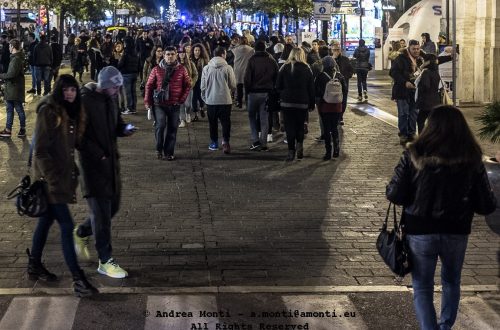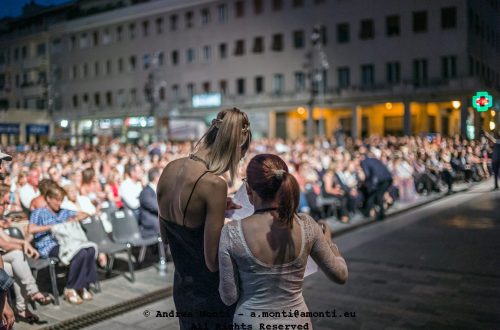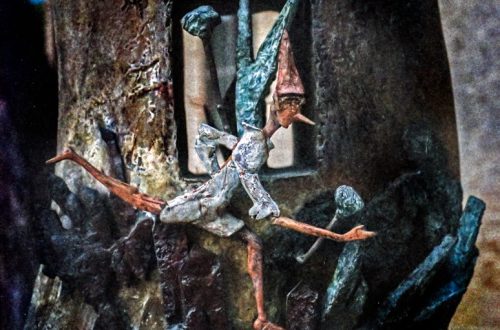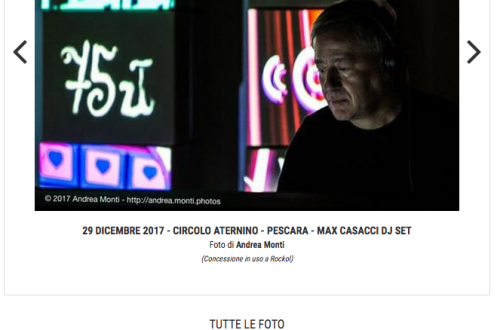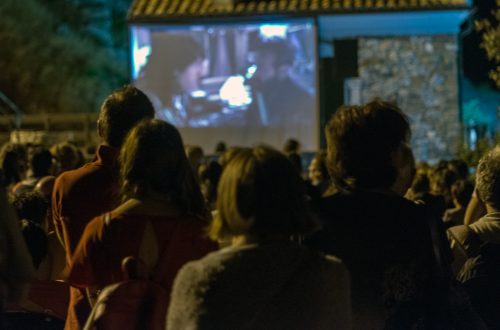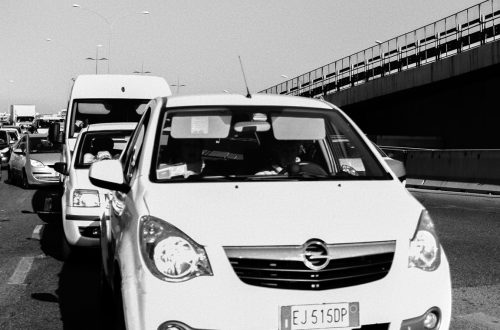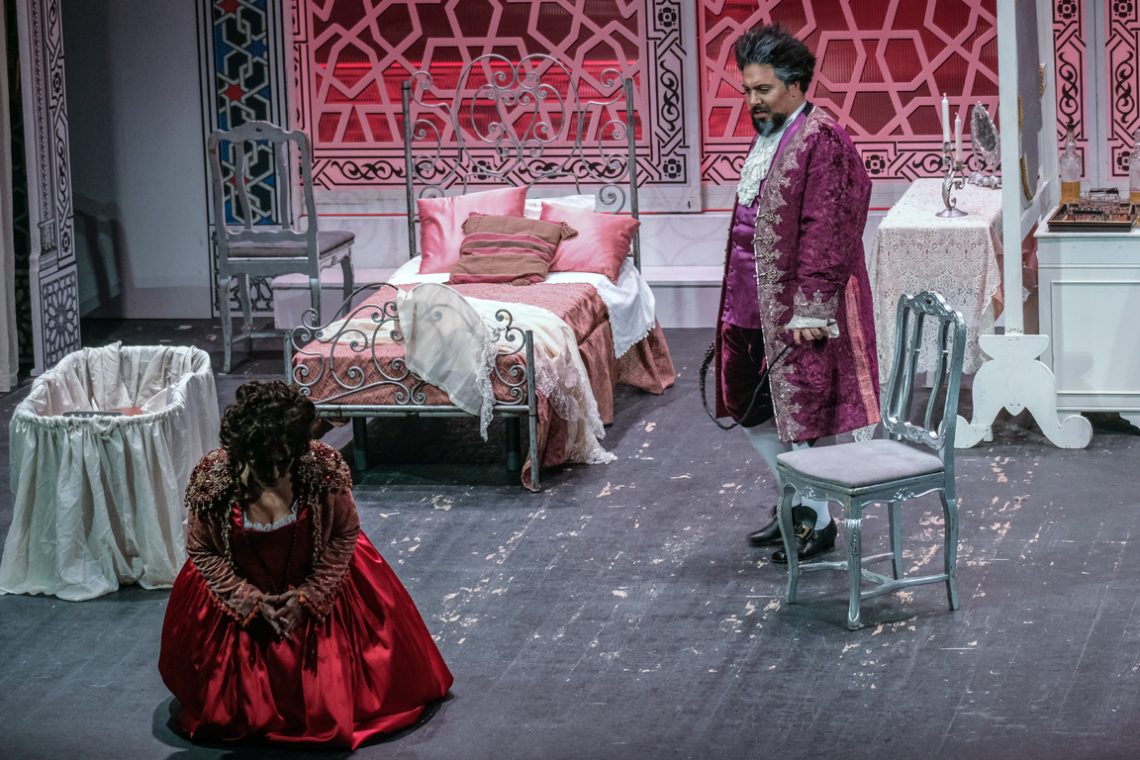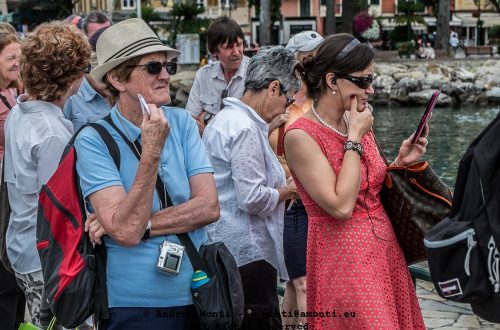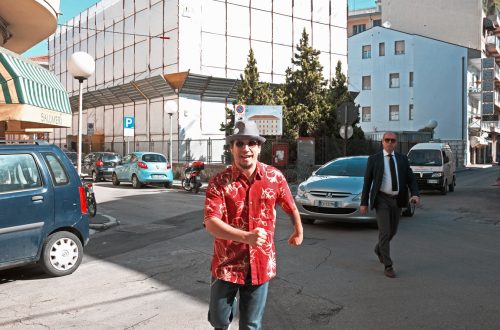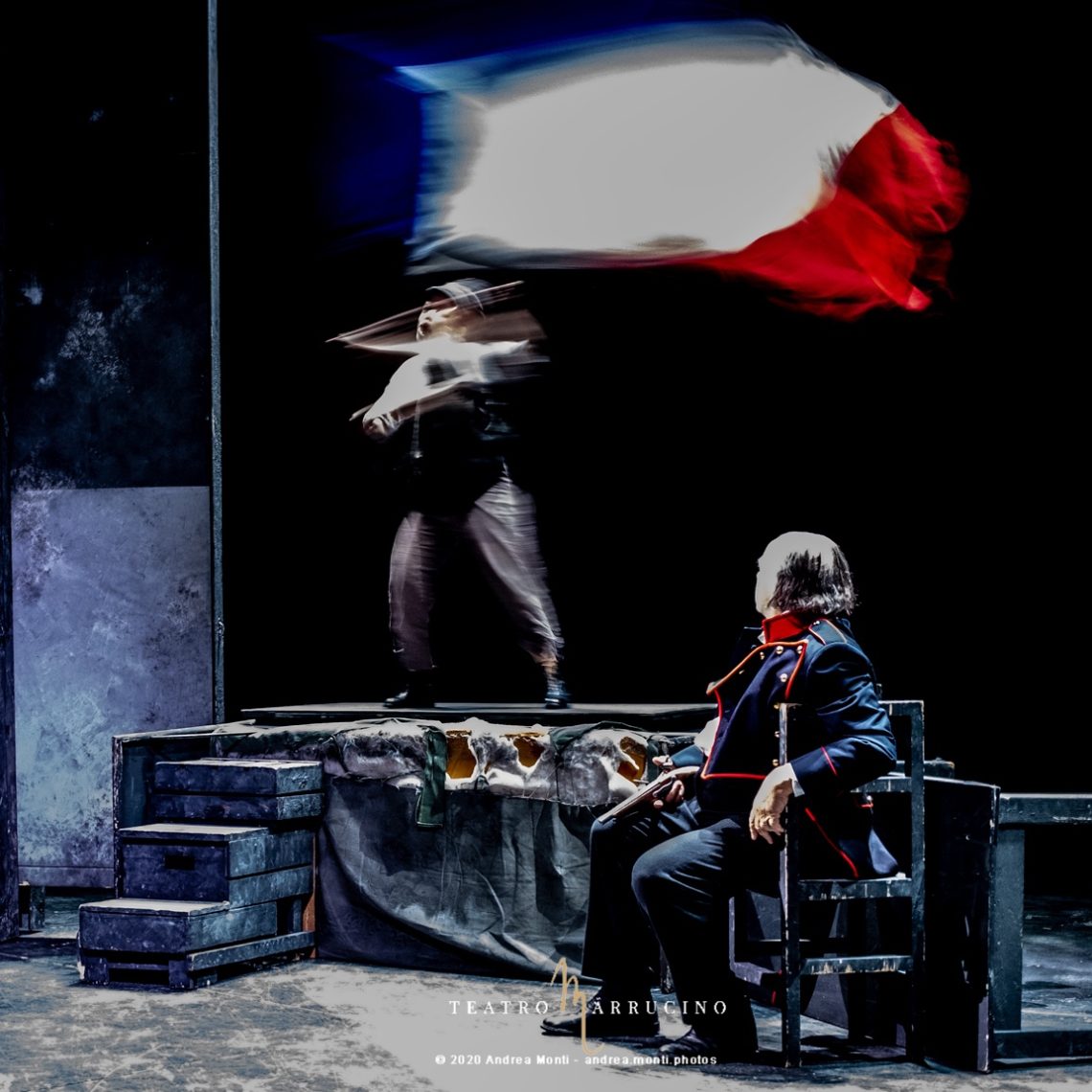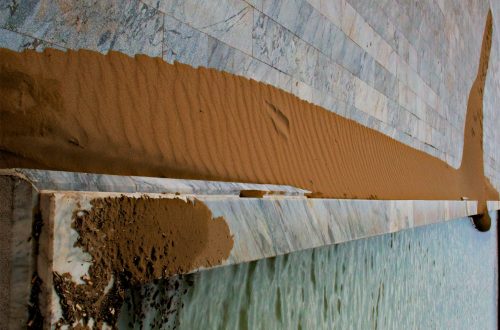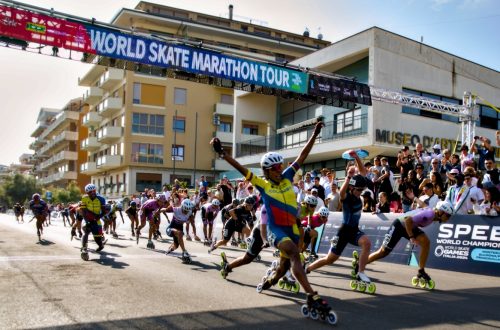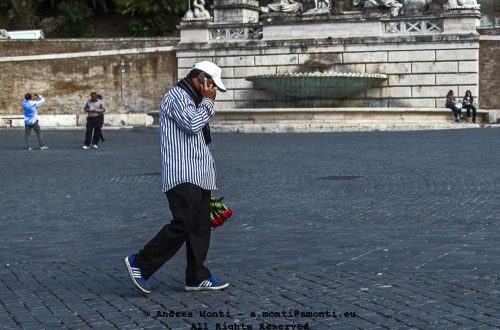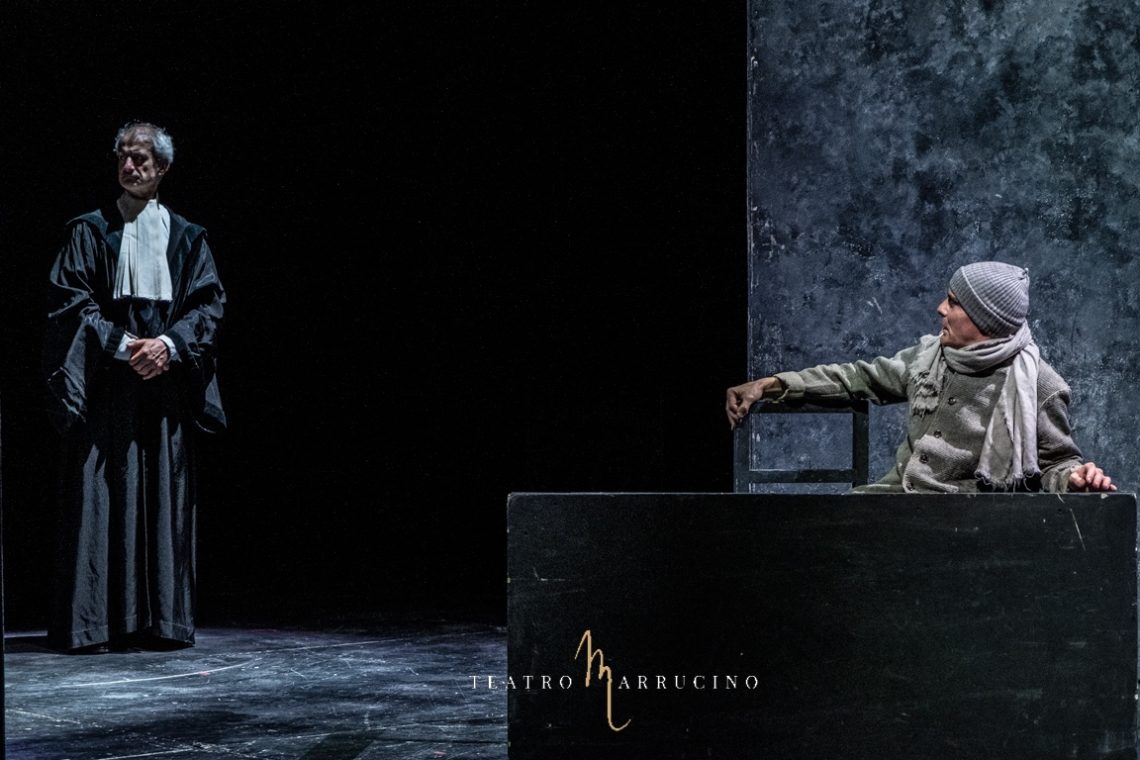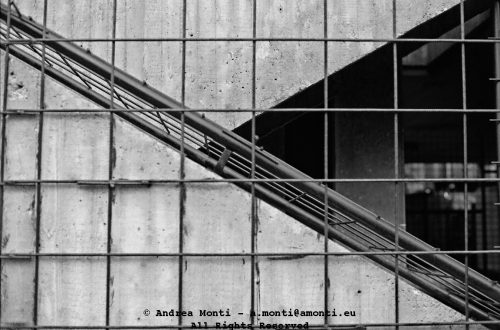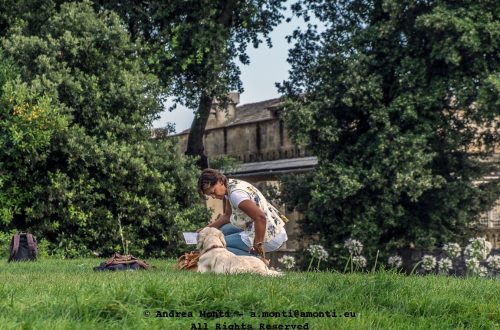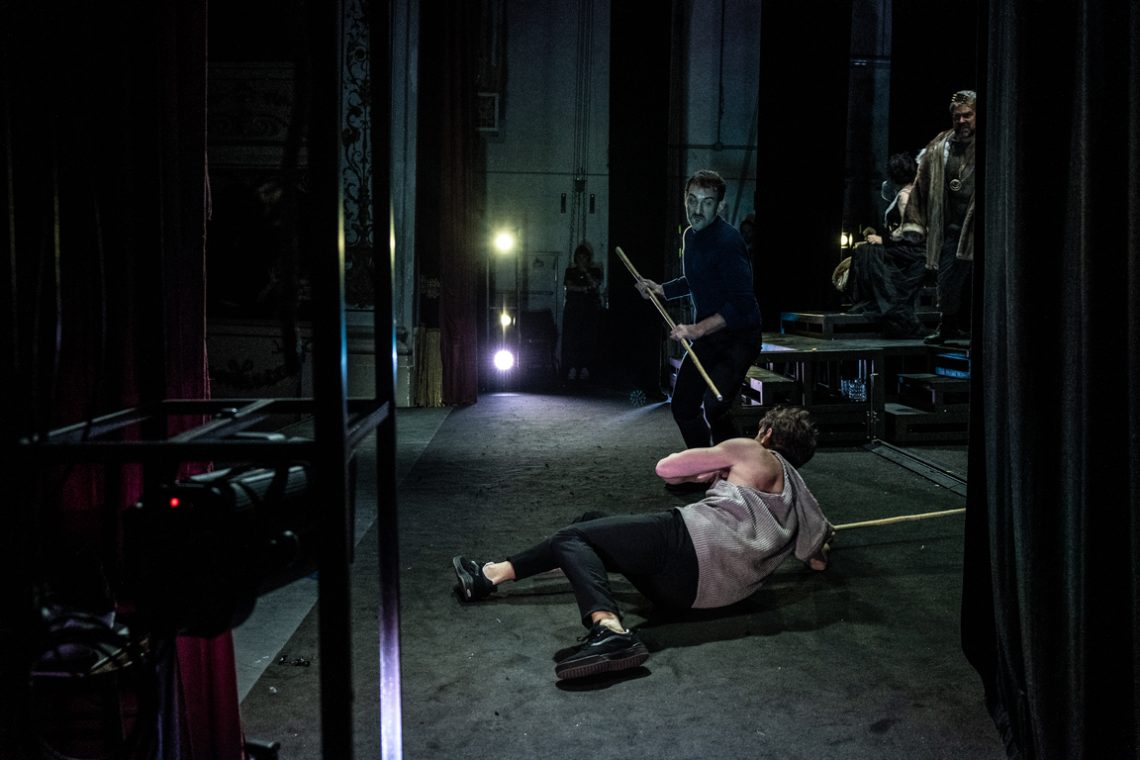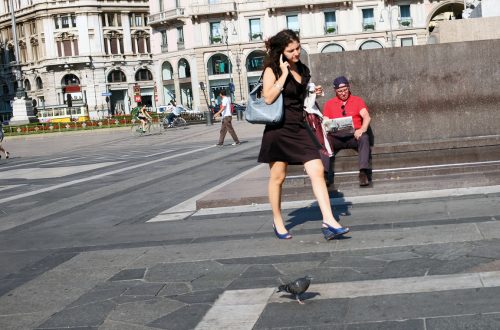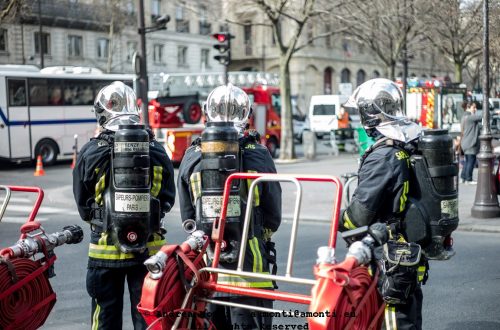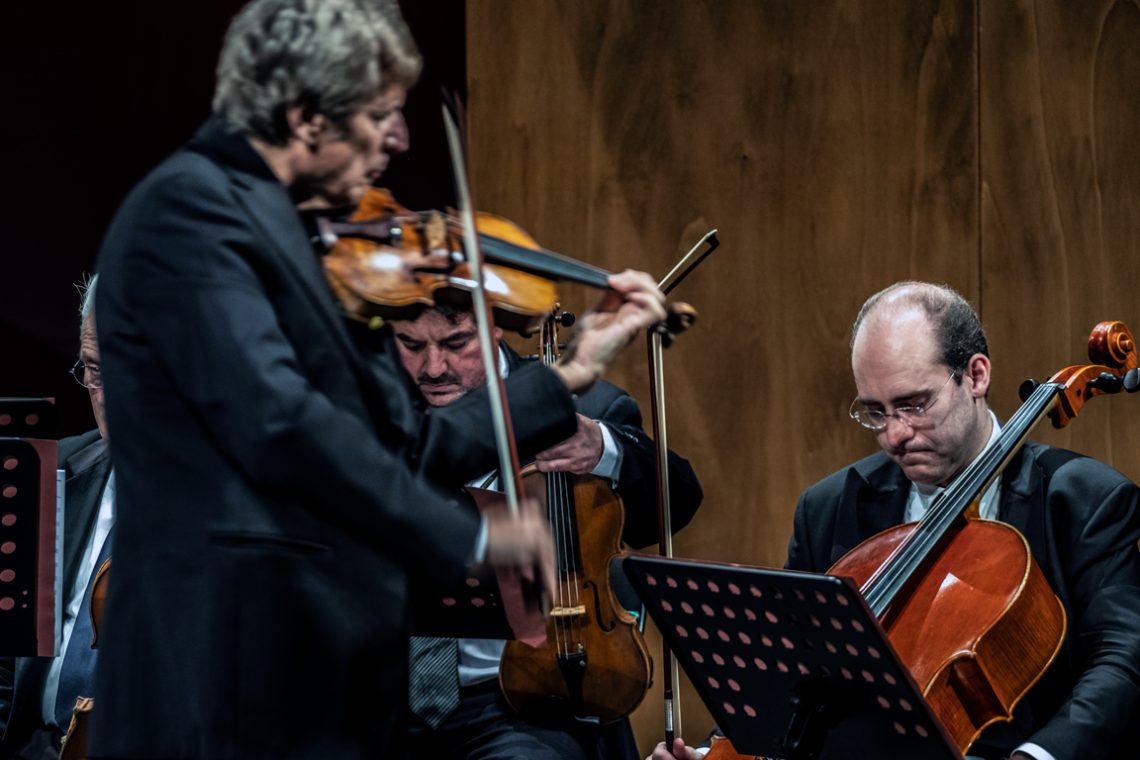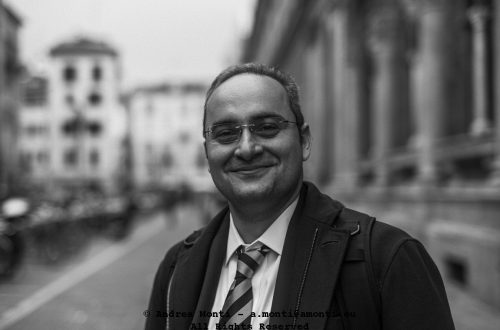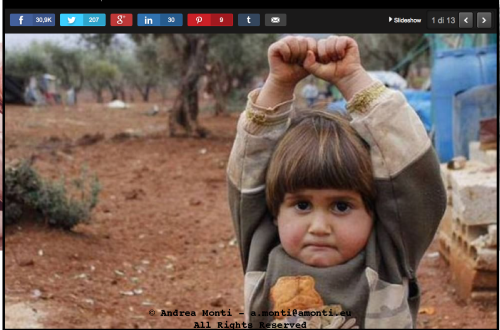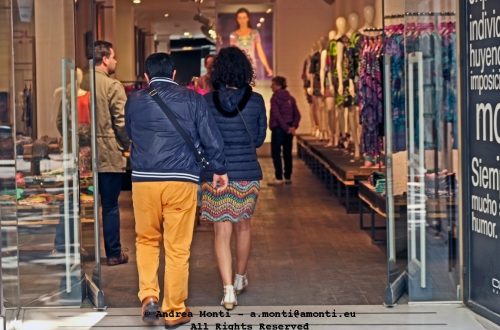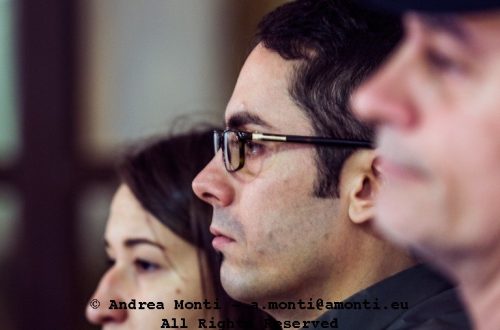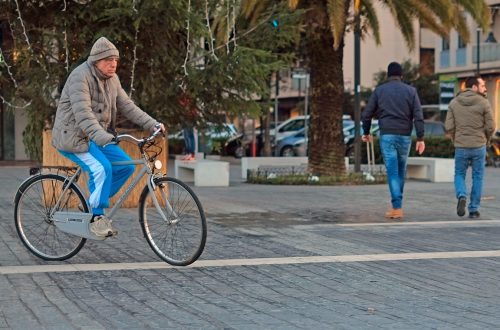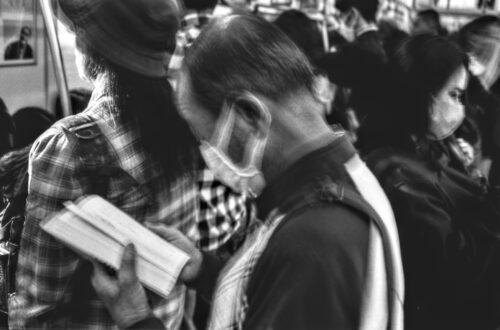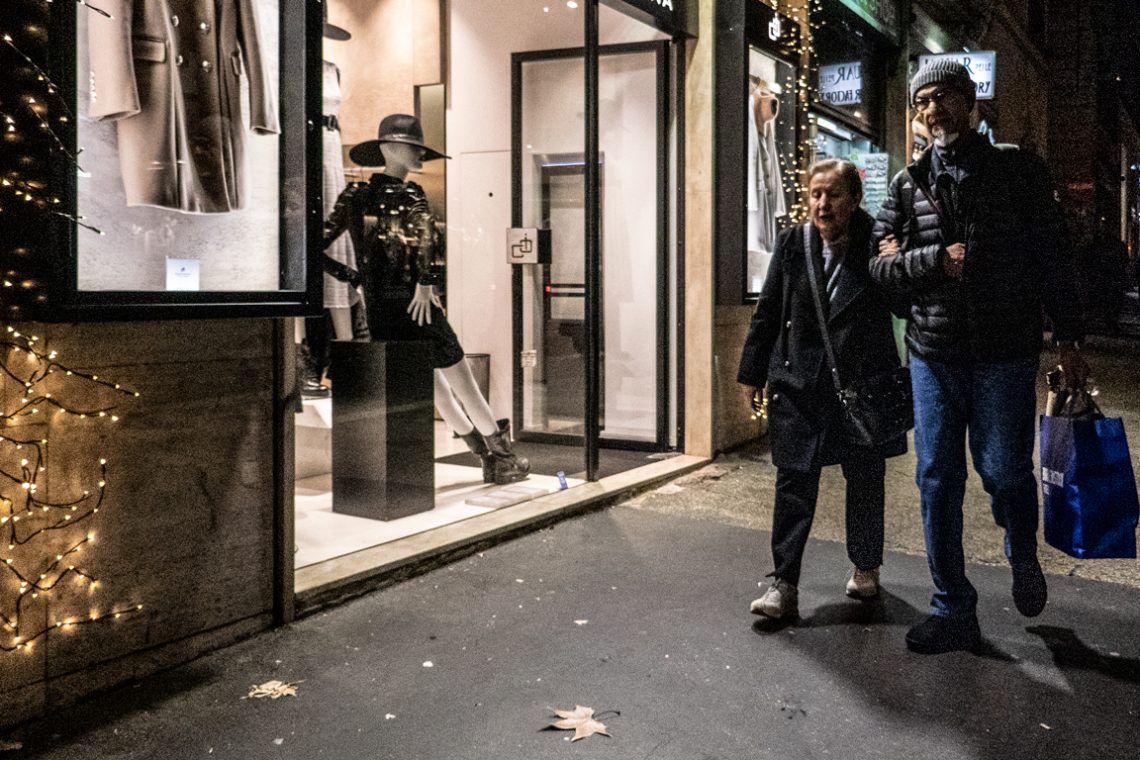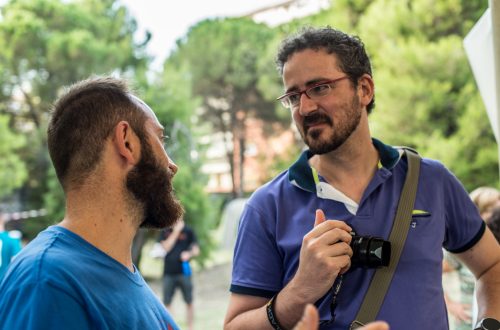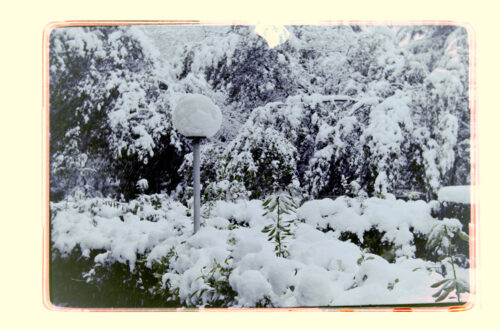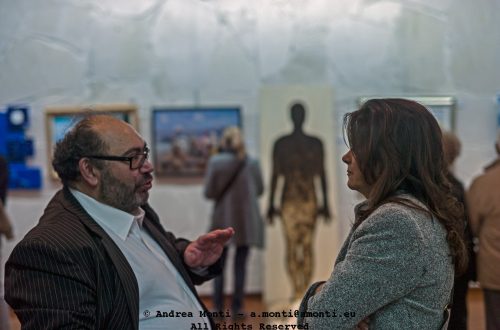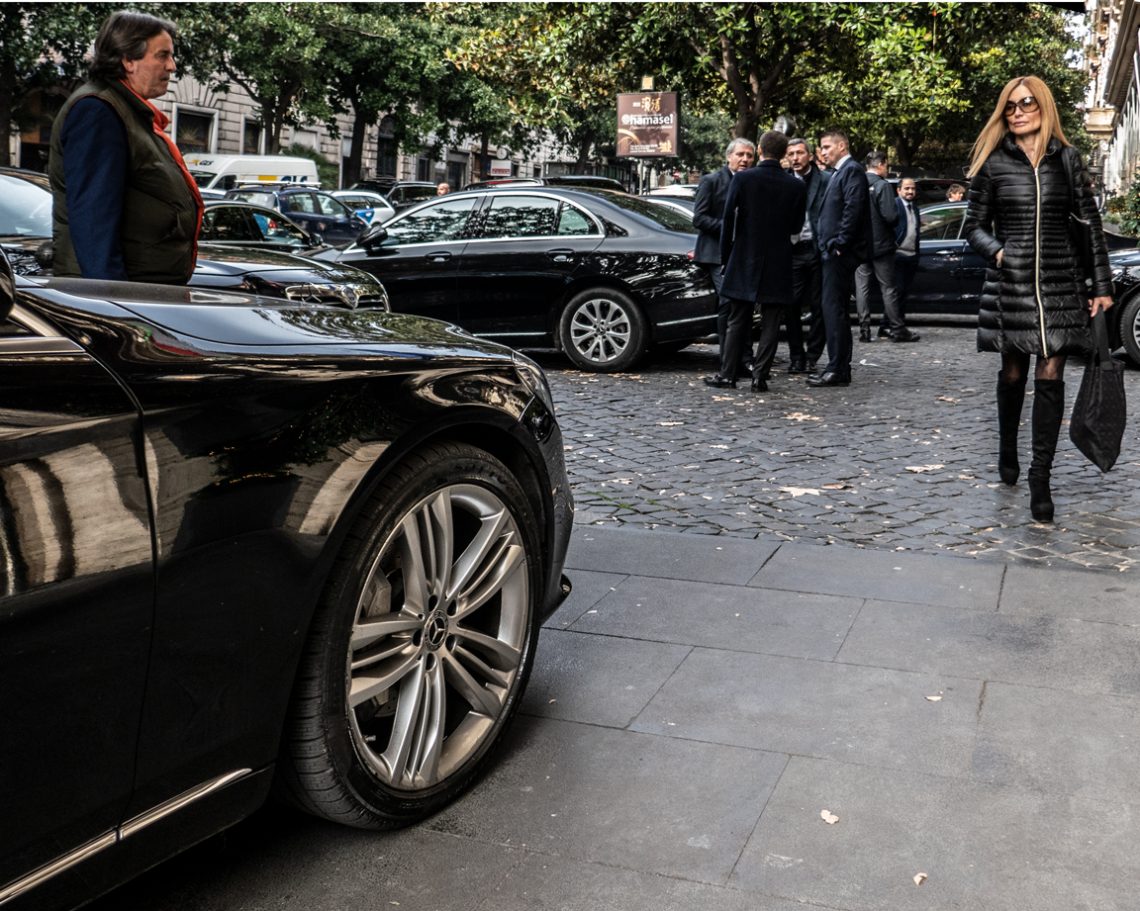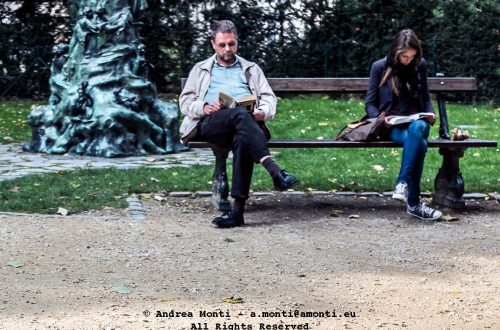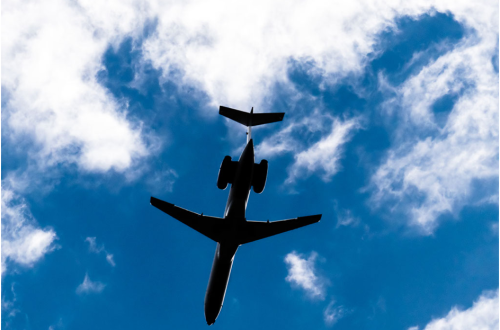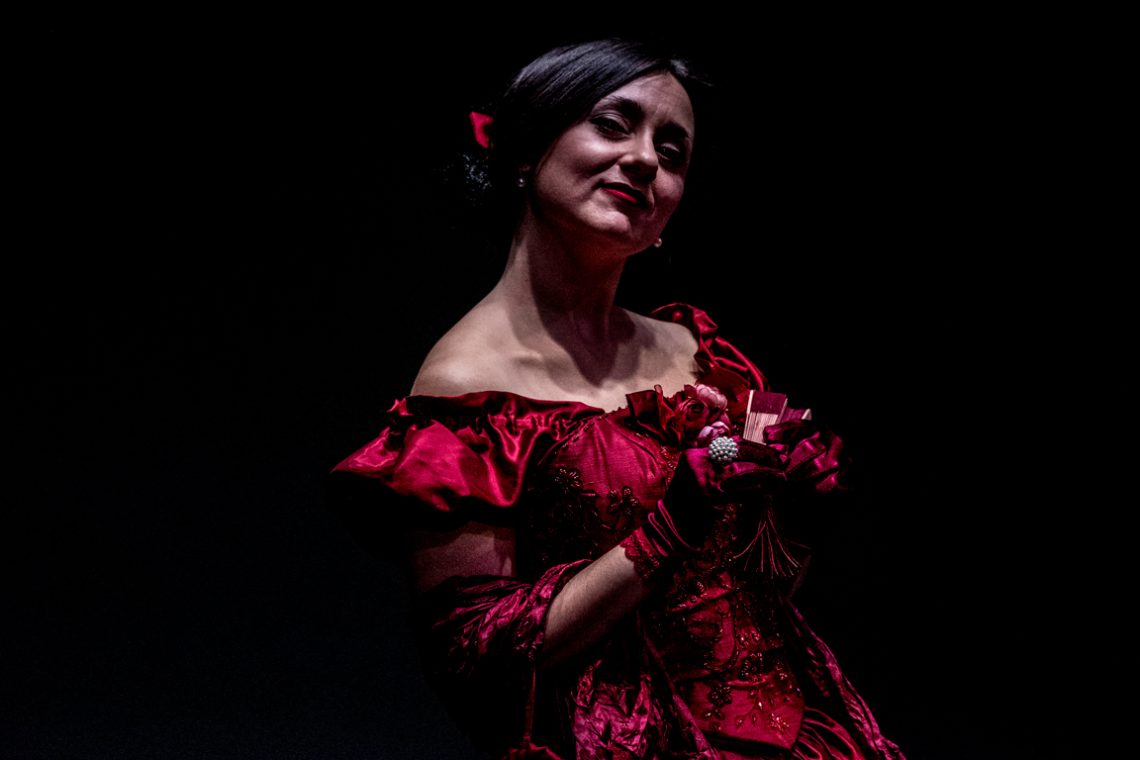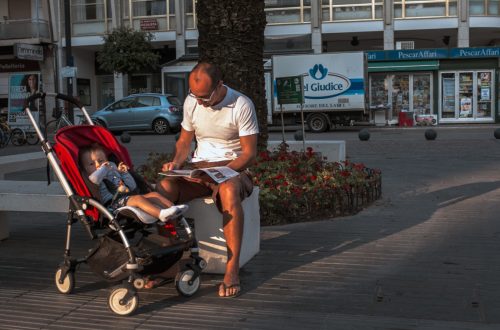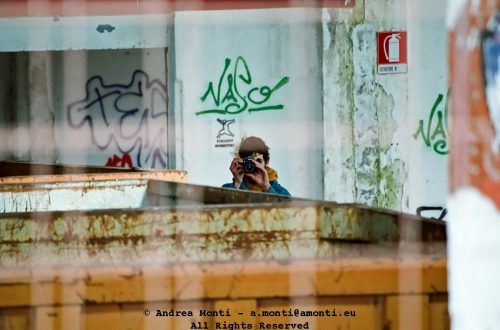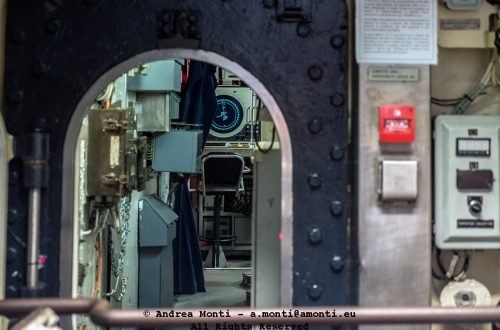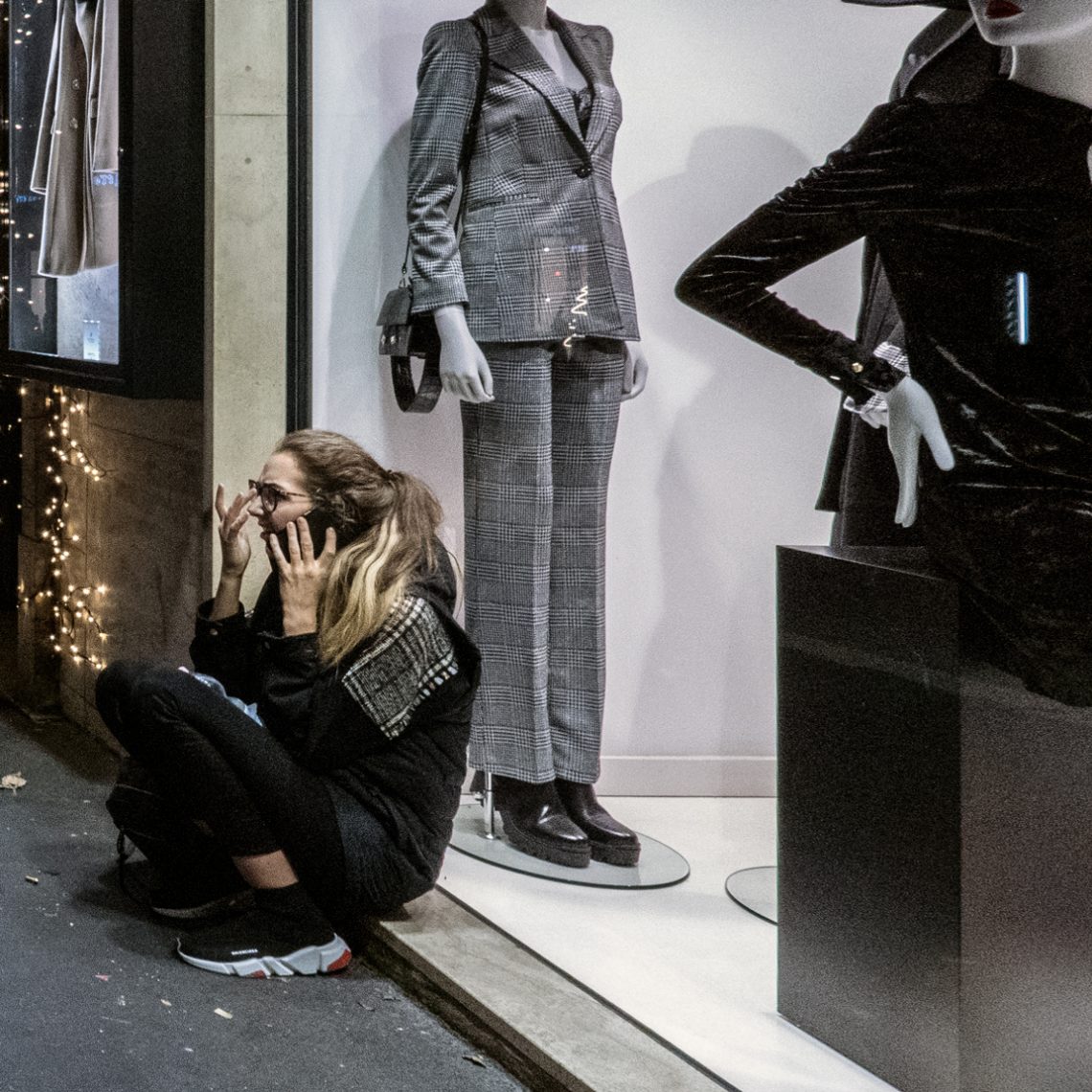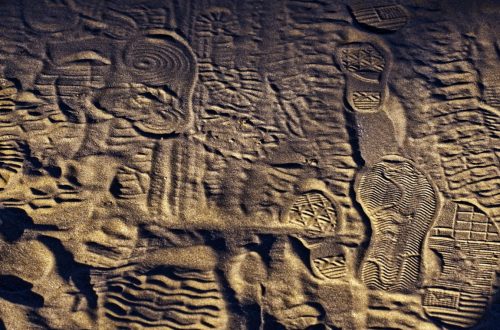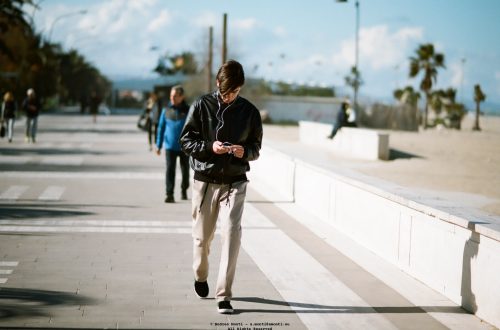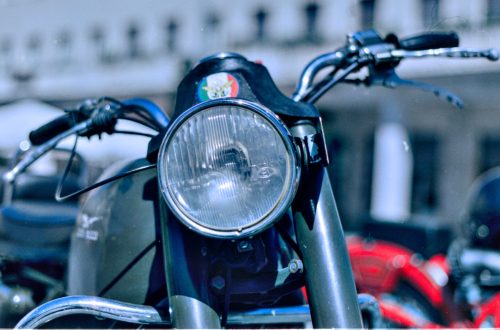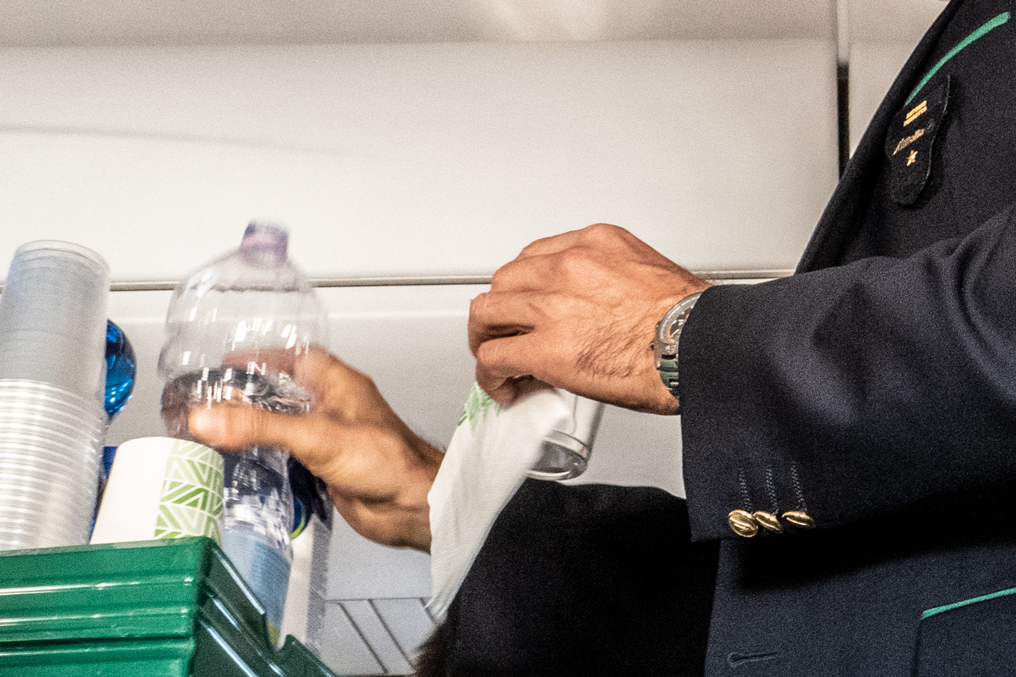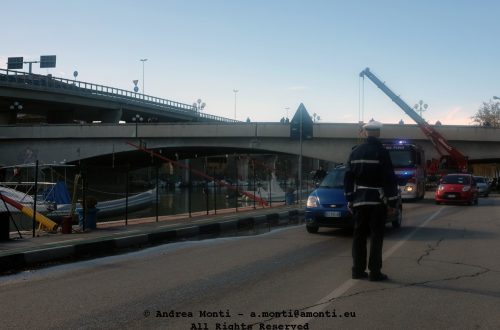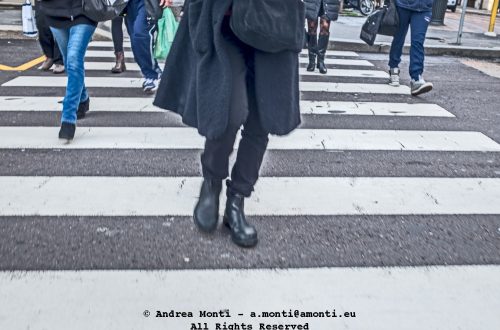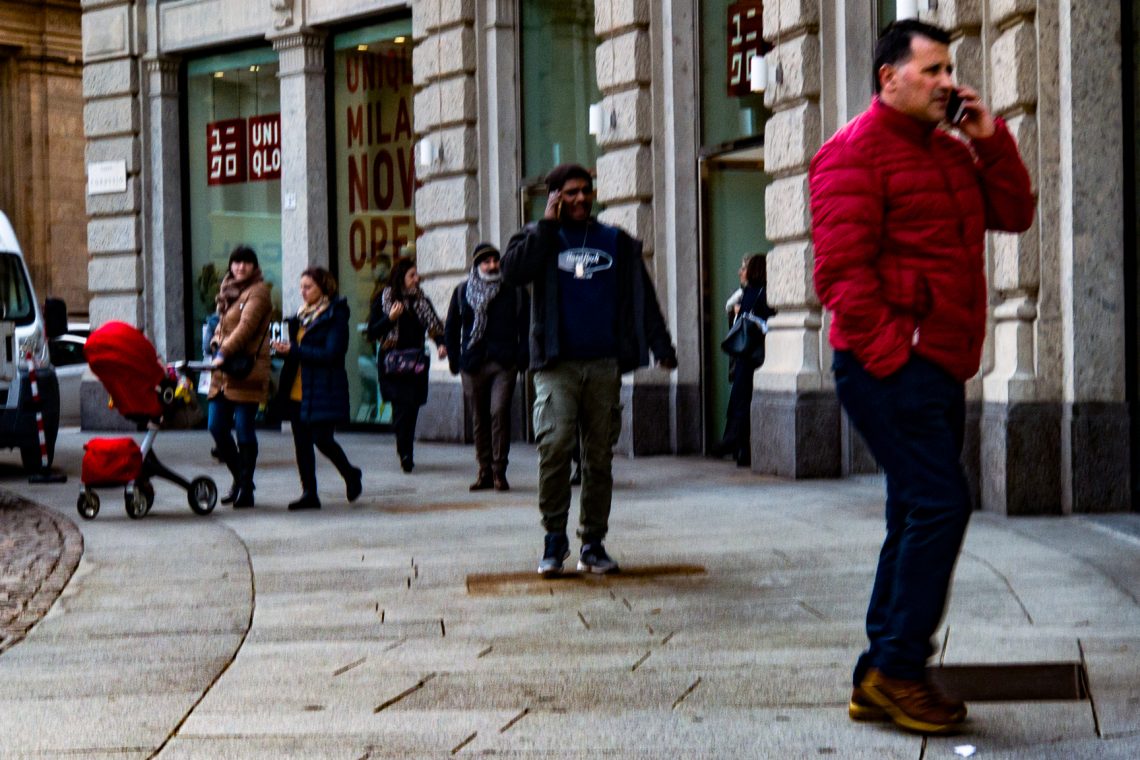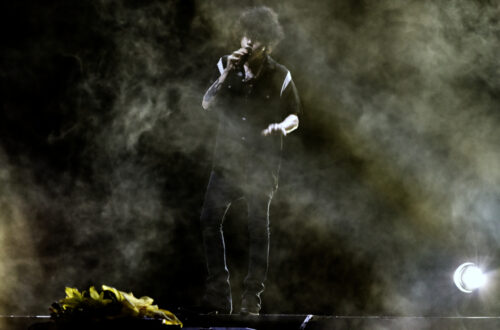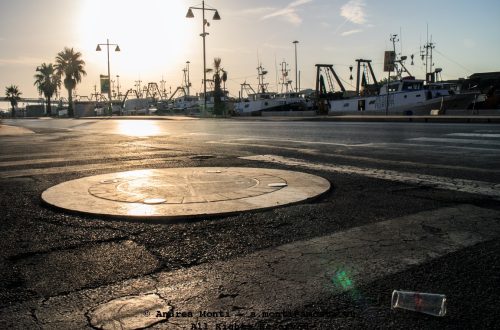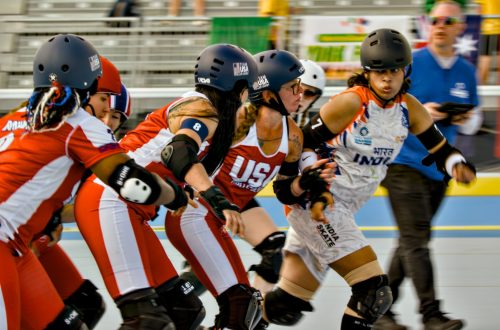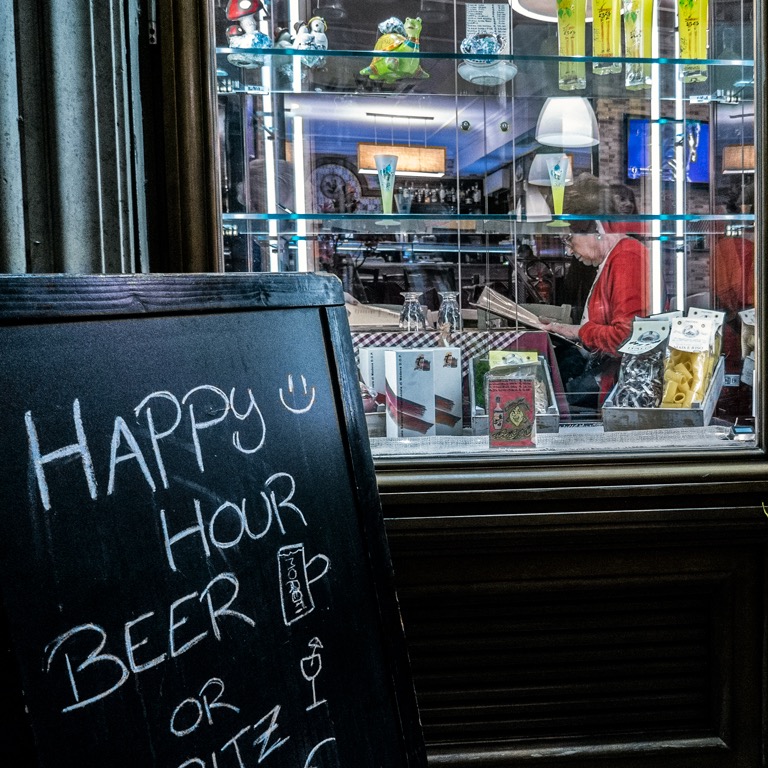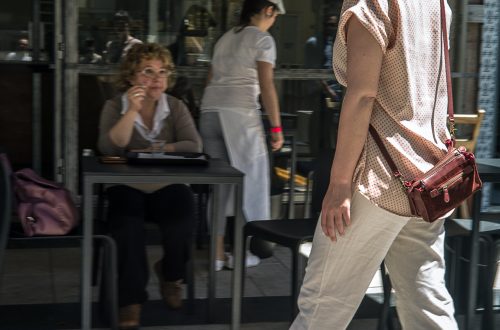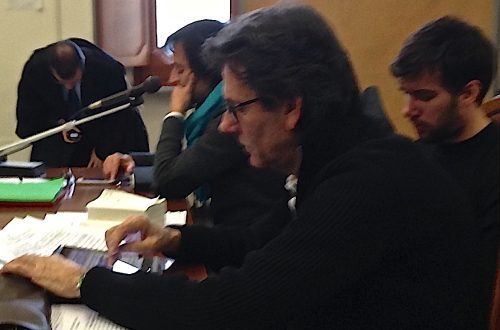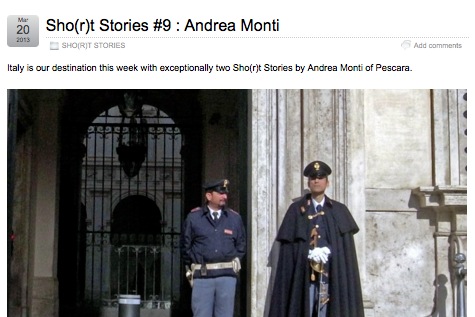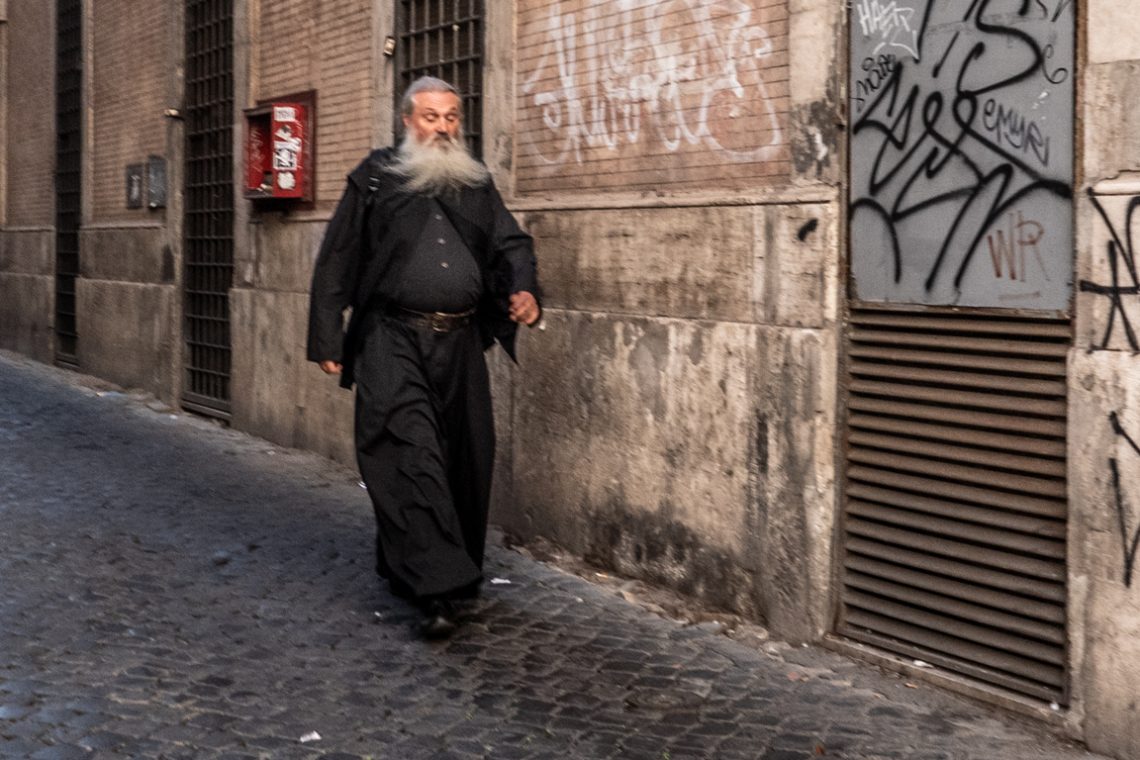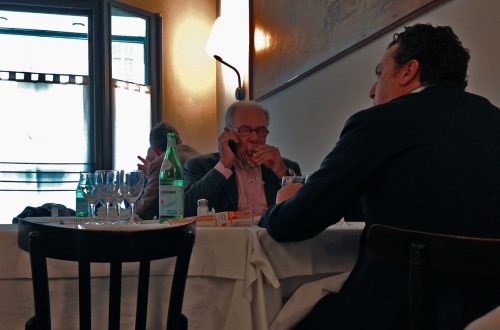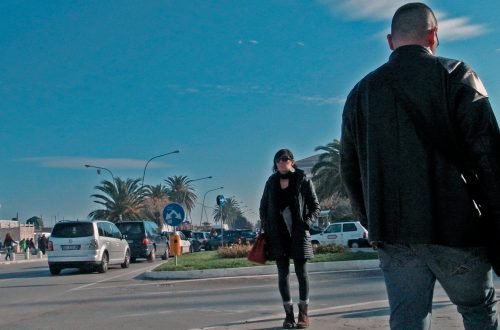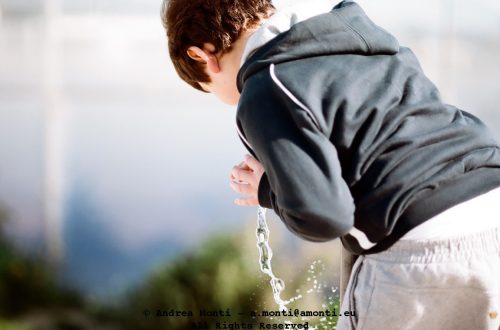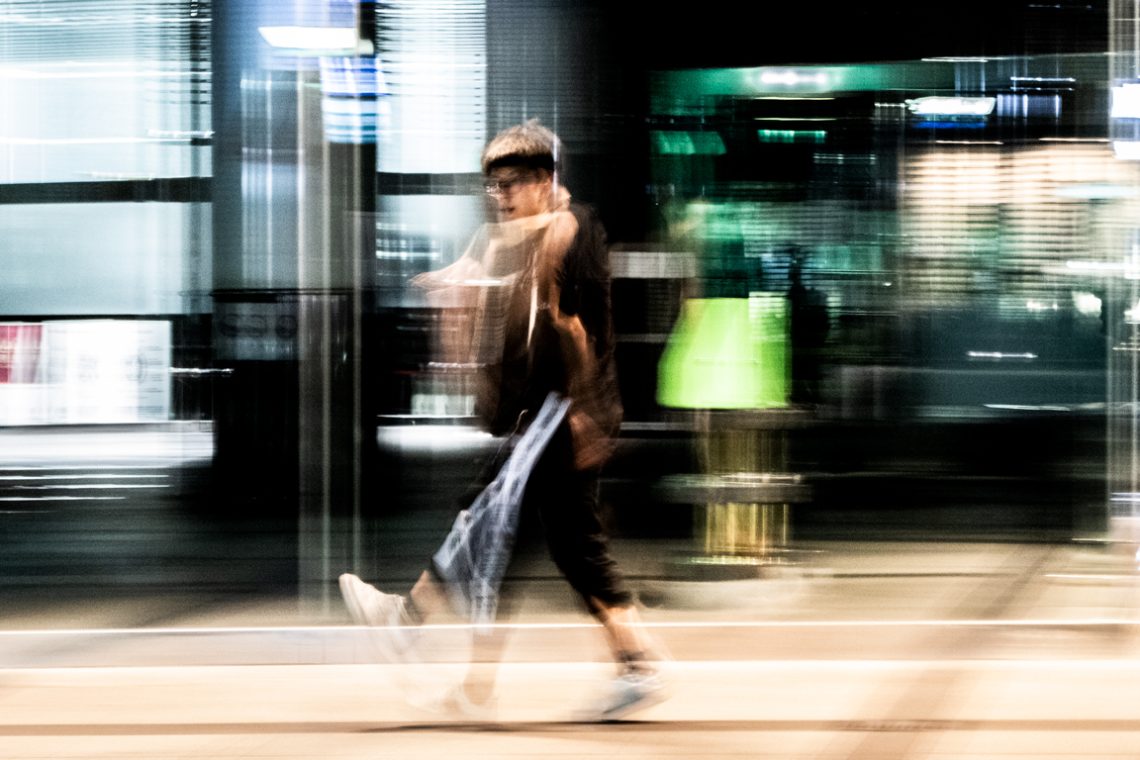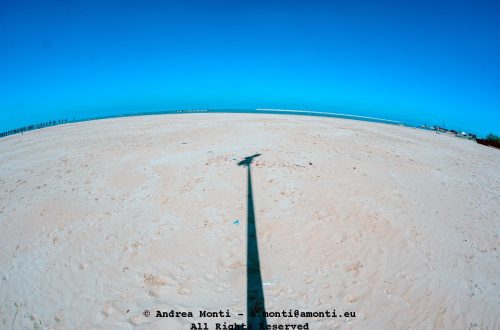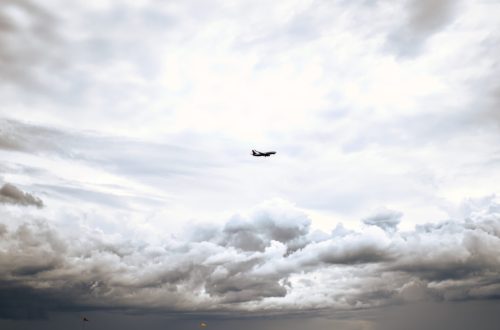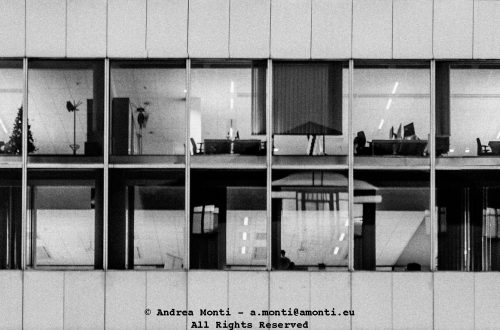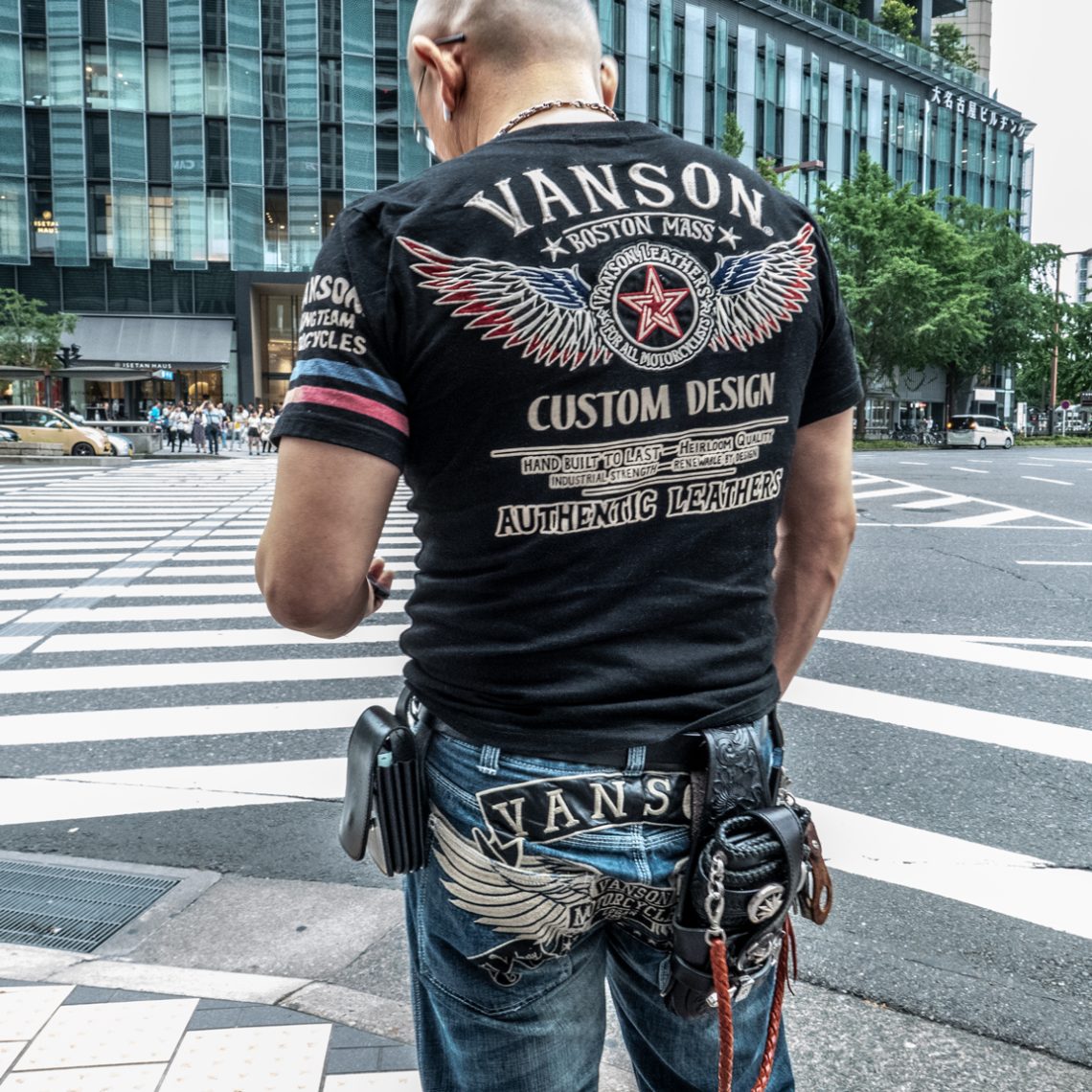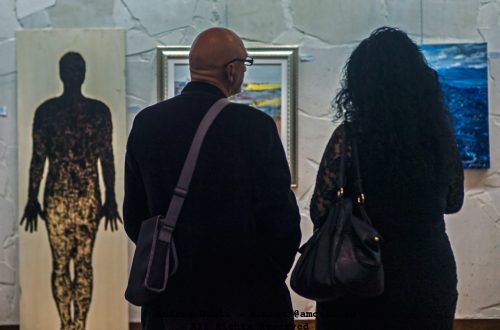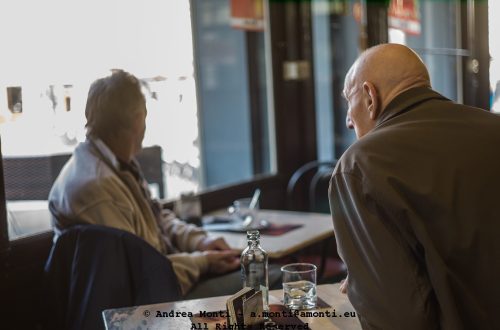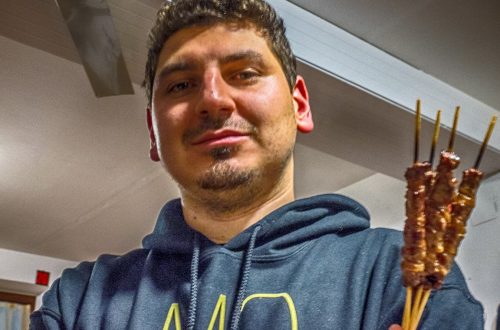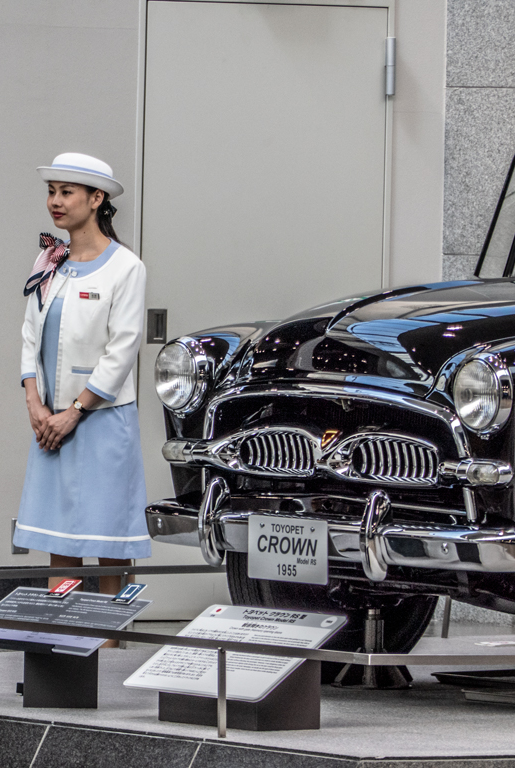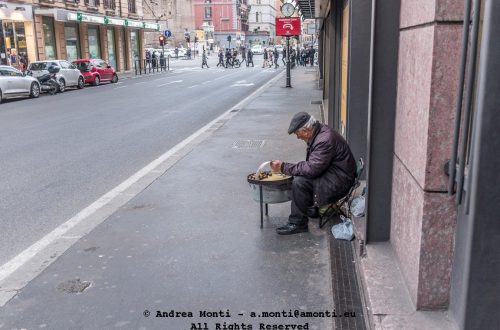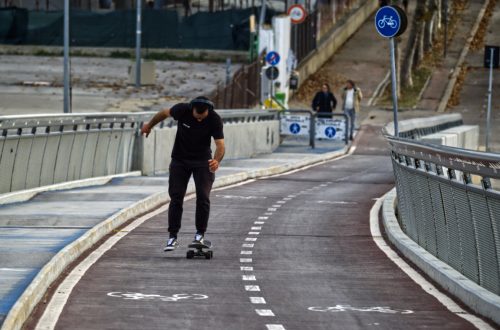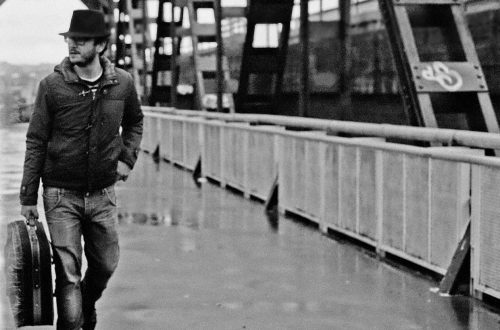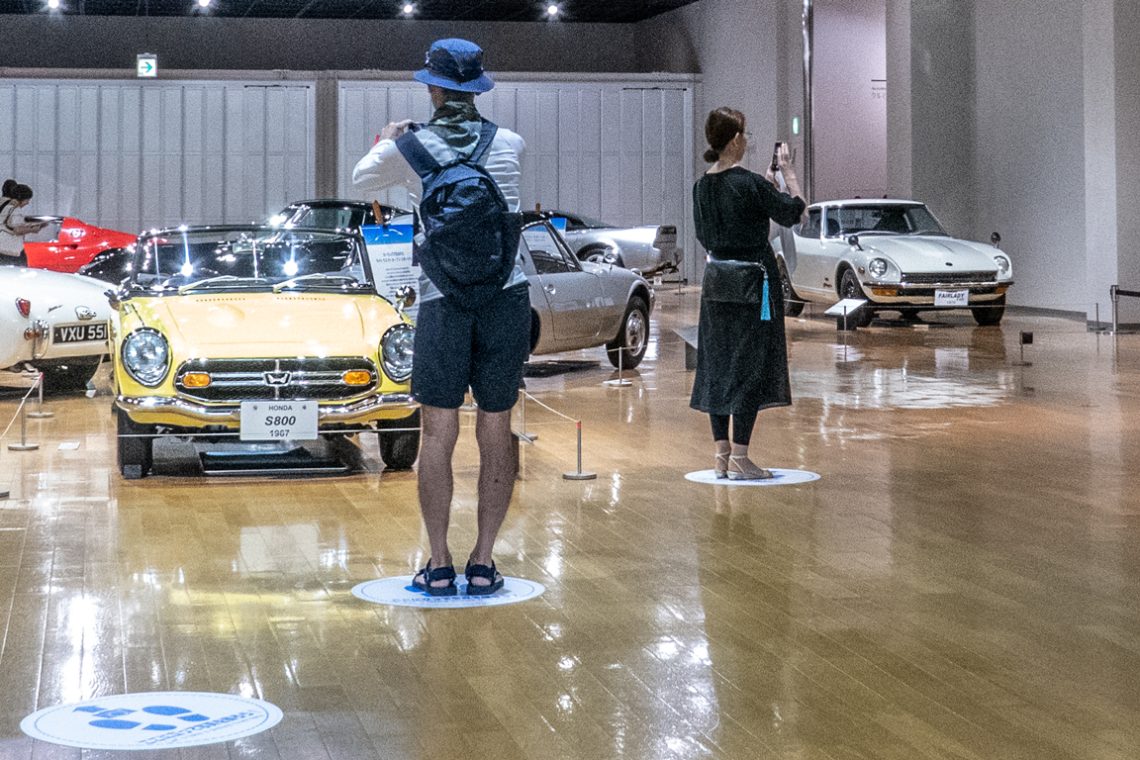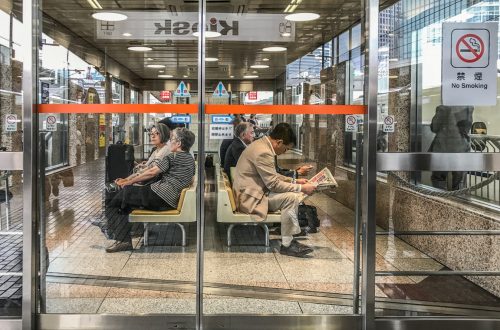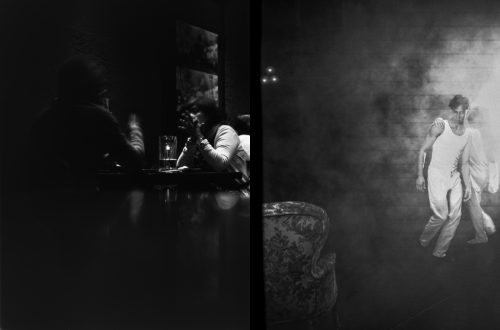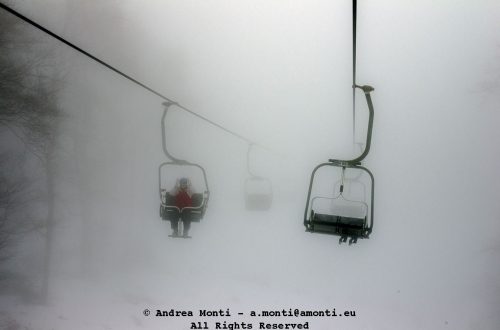-
Uninterested
No glance. No nod. Just two people moving through the same space, as if the other didn’t exist. This was taken on a beach that should have felt wide open, maybe even freeing—but something about the moment made it feel small, enclosed. The boy looks down at his phone. The girl walks past him, eyes fixed forward. Neither slows. Neither turns. They’re metres apart, yet orbiting separate worlds. I didn’t ask for this scene. It unfolded on its own. A brief choreography of disconnection. Their postures say enough: one drawn into a screen, the other into her own stride. There’s no hostility here—just absence. A quiet kind of loneliness, the…
-
Pensive
Manual focus needs practice. This photo would have been better if I framed also the top of the cabin and focused better the person.
-
A Skater
Framing the whole statue would have made this photo better. The mistake was caused by the necessity to shoot fast, the lens’ field of view and the distance between the subject and the focal plane.
-
Busker and Covid-19
-
Easy To Shoot?
This picture might look “ordinary” but for the fact that I shot it with a rangefinder film camera (guess which?) during the scene change between to acts of a theatre play. Scene assistants were placing the furnitures, actors were trying to focus on their parts, there was no time (and place) to design a proper composition and set the camera. No autofocus, no real-time exposure and white-balance setting. Maybe I have been lucky capturing the match flame close to the cigar, maybe it was because of “muscle memory”, but I did it nonetheless. Problem is that I could not be sure if I succeeded until, one week later, I saw…
-
Il barbiere di Siviglia – Don Bartolo mad at Rosina
A shot from the mise en scene of the Il Barbiere di Siviglia I did as a scene-photgrapher for the Teatro Marrucino
-
Meaning in Photography
In this picture, taken during the reportage I did for the Teatro Marrucino’s I Miserabili, an old and exhausted fighter rests while a young citoyen waves the French flag defying the fire of the royalists. The strength of the picture is in the dialectics created by the two protagonists, hinting at a “relay” between an old man that “gave all”, resting while a young man steps in.
-
Denegata Justitia
Sometimes a picture acquires a meaning that goes beyond the original intent of the photographer. In this case, taken from a reportage I did for Victor Hugo’s Les Miserables featured at Teatro Marrrucino, in Chieti, the photography becomes the archetype of the denegata Justitia. The defendant asks to speak, the justice stares elsewhere.
-
Breaking the Fourth Wall
Shooting a play is challenging because you must be ready to seize ‘the moment’ and, at the very same time, think of unusual compositions to avoid the boring ‘frontal’ perspective. Shooting part of the reportage from the backstage of Hamlet, with Giorgio Pasotti and Mariangela D’Abbraccio directed by Francesco Tavassi I had the possibility to experiment the breaking of the fourth wall. This picture is one of the results.
-
Counter-intuitive Focus
This photo I took during a reportage for a theatre hosting a concert of Uto Ughi shows a counter-intuitive use of focusing. Rather than go for the obvious option, the attention is shifted on the two musicians in the background capturing their concentration, with the leading violin blurred and conceptually, thus, ‘left behind’. The global effect is reinforced by a neat separation between the dark and light parts of the frame.
-
When Colour Helps Composition
This photo I took during a reportage of Miseria e nobiltà – a classic of the Neapolitan comedy by Eduardo Scarpetta – in the mise en scene of Lello Arena e Luciano Melchionna gives a lot of insights on how composition works. The triangle designed by the two actors on the sides and the taller actress in the centre is reinforced by the colours of the costumes: black in the centre, white in the sides. Finally, the purple background behind the black figure enhances the eye-driving effect toward the centre.
-
On “timing the moment”
This photo I took during an assignment for a reportage on the theatre drama called “Le Signorine” with Giuliana De Sio and Isa Danieli is an excellent example of the “Timing the moment” concept. “Timing the moment” is a skill any event-based photographer should develop (or hone, if he’s gifted enough to have been born with the gift.) Especially in sport – but too in concerts and theatre’s show if you did not attend the rehearsal – you don’t know in advance what is going to happen. A unique mixture of intuition, reflex and decision (what the Japanese would call 決め – kime) allows capturing an unforeseen – and excellent…
-
Deadly Bored
Once again, the meaning of this picture is counter intuitive and “made up” by the composition. The scene is seen from the perspective of the mannequin: at the end of a hard day spent sitting on the street-front, it (or he?) looks deadly bored and tries to kill the time before the shop closes by casually looking at the next passerby. The directional effect (from the mannequin to the passerby) is achieved by the diagonal connecting the tip of the hat, the feet of the mannequin and the cast of the shadow. Taken as a whole, these elements drive the eye from the mannequin to the persons and not vice-versa.
-
A Virtual Glance Dance
The essence of this photo is all in the glances of the protagonists. The man looks at the woman, the woman looks at the luxury car. The essence of this photo is all in the glances of the protagonists. The man looks at the woman, and the woman looks at the luxury car. It is this subtle game of glances that tells a story and turns the photography from a casual picture into something worth seeing. Once again, it is not relevant whether the people portrayed are actually involved in the “glance dance”, as what matters is the image to convey the meaning created by the overall result. This confirms…
-
The Power of Underexposing
This portrait was built in the shadows. Underexposing by design meant letting darkness dominate the frame, allowing only the essentials — the face, the glint of an earring, the folds of the dress — to emerge. The result is a scene stripped of distraction, where every visible element has earned its place. The composition is weighted to the left, pulling the viewer into the subject’s gaze and leaving negative space to amplify the drama. The rich crimson of the gown benefits from the controlled exposure: under normal lighting, its details might have flattened into uniform red; here, the fabric’s texture and the embroidery’s sparkle gain depth from the way light…
-
Good Plan, Poor Execution
The idea behind the composition is entirely correct. The mannequins and the girl form a triangle, as does the direction of the stares, conveying both a sense of symmetry and counterposing the liveness of a human being to the puppets’ lack of. A poor execution, though, led to the mannequins’ head cut, turning a visually appealing photography into a meaningless shot.
-
Hands of a Steward
Shooting up and close in confined space. A skill every street-photographer should hone. This photograph, Hands of a Steward, strips air travel of its grand narratives—no sweeping cabin views, no glamour of jet engines—reducing it instead to the essential human act of service. The subject is cropped tightly, showing only the steward’s forearms and hands as they prepare to serve water. The details tell the story: the gold buttons on the navy blazer, the insignia on the chest, the precise, slightly formal watch peeking from under the cuff. CompositionThe frame works in the language of precision. By excluding the steward’s face and body, the photograph directs our full attention to…
-
Evolution in Red
The frame unfolds on a Milanese street, a busy scene of people moving in different directions, yet bound by an unplanned visual thread — the colour red. On the far left, a stroller stands out, its fabric vivid against the muted tones of the pavement and stone façades. On the far right, a man in a red jacket, phone pressed to his ear, anchors the other end of the composition. Between them lies the space in which meaning is manufactured by the viewer: a perceived transition from childhood to adulthood, implied but never intended by reality itself. The technical construction supports this interplay. The image uses depth rather than focus…
-
Beer or Spritz?
-
A Priest Walking Through the Graffiti Streets
I took this photograph on a narrow cobbled street, where the encounter was fleeting. The priest moved with determination, his robes flowing around him, his beard caught in mid-sway. The background of tagged walls and worn stone contrasted sharply with his presence, layering a sense of tension between the sacred and the profane, tradition and modern neglect. Compositionally, the image relies on that juxtaposition. I framed him walking into the picture, leaving space in front to suggest motion. The graffiti and rough textures anchor the scene in the urban present, while his attire evokes a continuity that feels almost timeless. That clash is where the strength of the image lies:…
-
A Street Dancer In Sakae
The figure cuts across the frame in mid-motion, blurred by the long exposure into a streak of speed and rhythm. What might have been a simple step in the street becomes here a dance, arms and legs stretched in dynamic diagonals. The city’s lights smear into horizontal bands, a stage built of glass and neon for a fleeting performance. Composition thrives on movement. The dancer is placed almost centrally but leans into the right side of the frame, suggesting continuation beyond what we see. The motion blur is not a flaw but the subject itself: it transforms a person into gesture, a body into energy. Behind, the fractured colours of…
-
Tough Enough
I took this photograph on a busy crossing, stopping behind a man whose style caught my attention immediately. His shaved head, chain accessories, and heavy branding on both shirt and jeans projected a deliberate identity—part biker, part urban cowboy, part street performance. The clothing itself, emblazoned with wings, stars, and slogans, seemed designed to announce toughness before a word was spoken. From a compositional standpoint, I chose to shoot from behind, letting the graphics on his clothes dominate the frame. This perspective makes the man more symbol than portrait, reducing him to a surface of imagery and text. The striped pedestrian crossing beneath his feet adds a rhythm of lines…
-
Who Is The Machine?
-
Mandatory Photo Position
